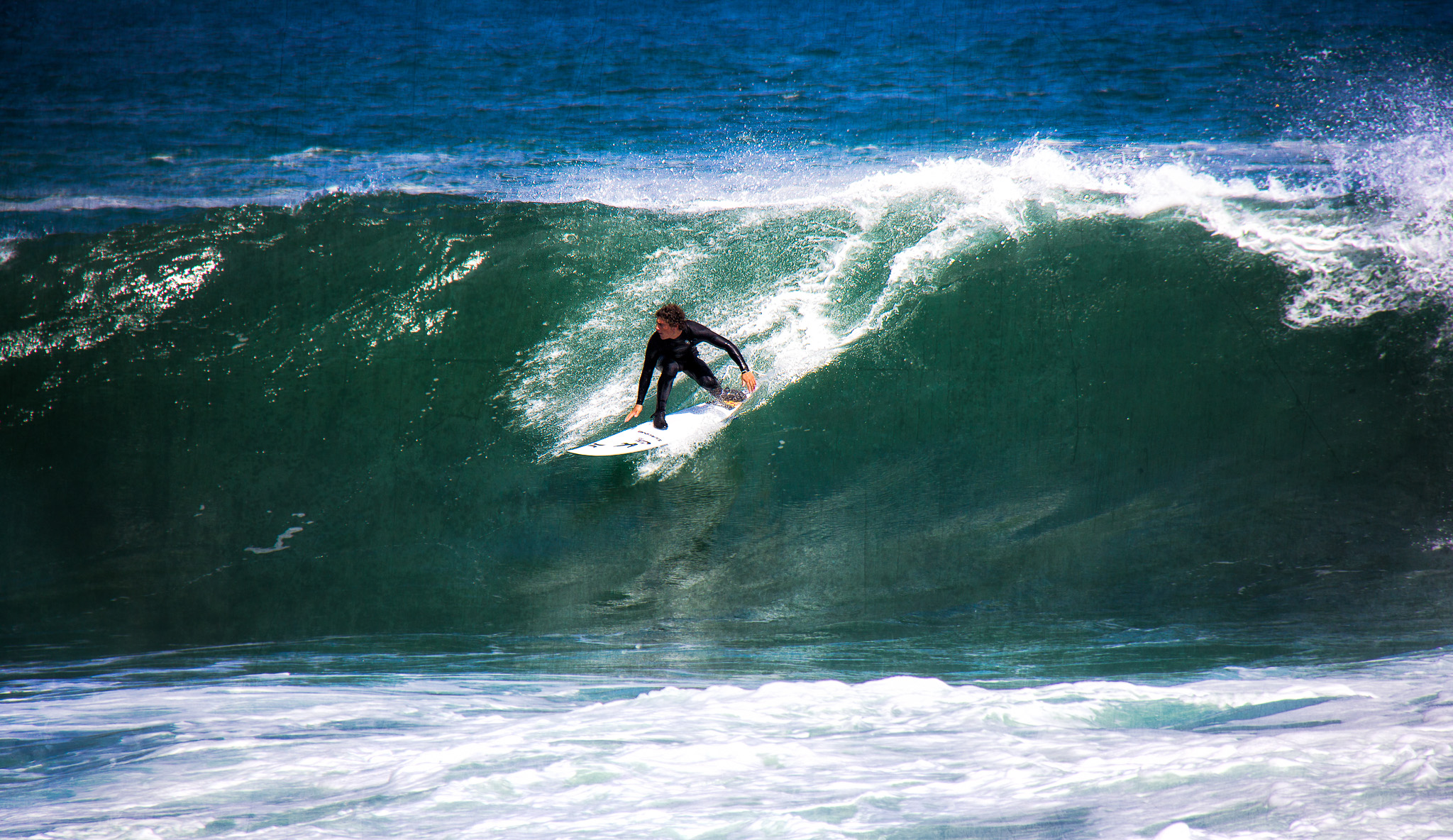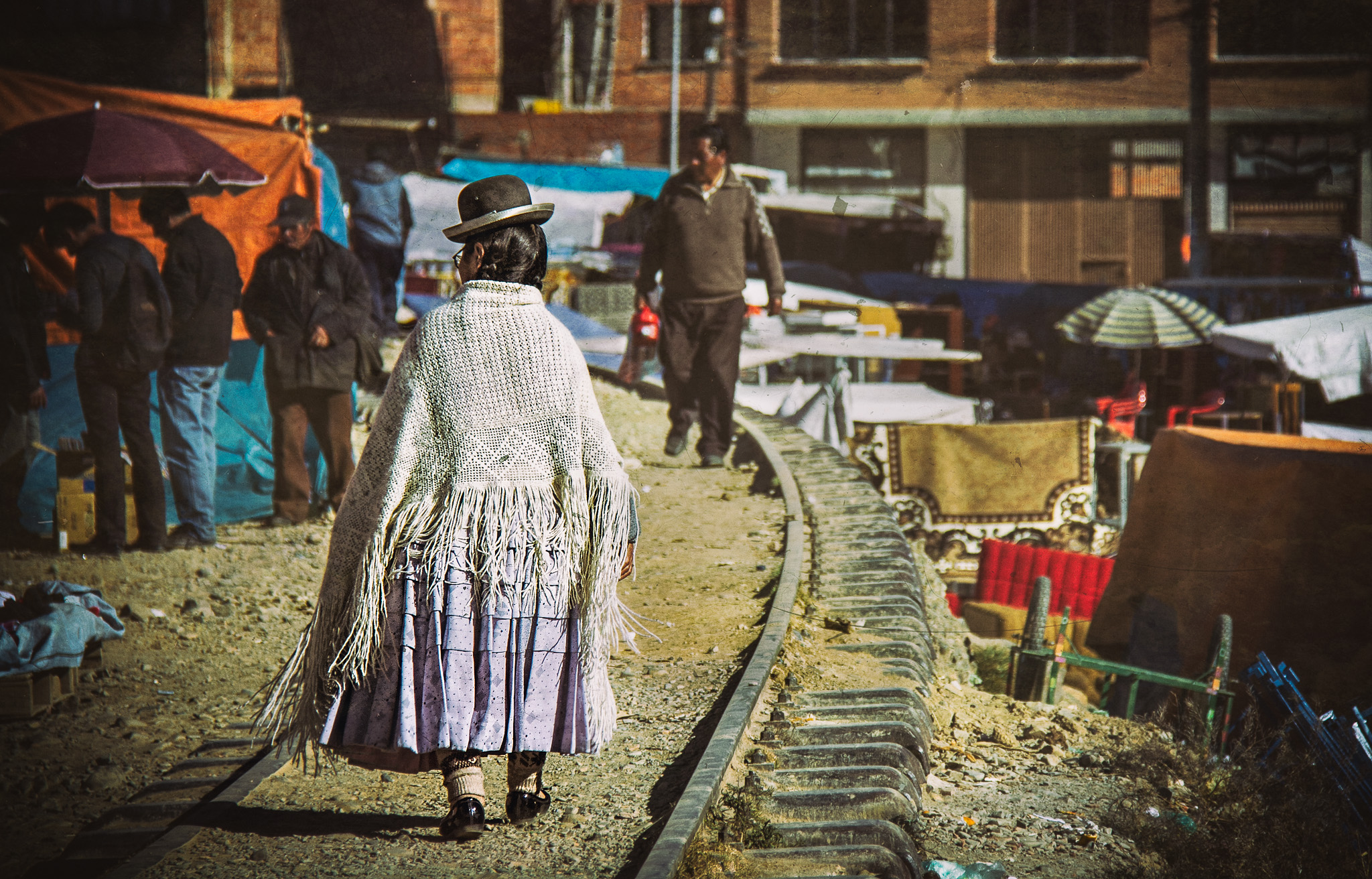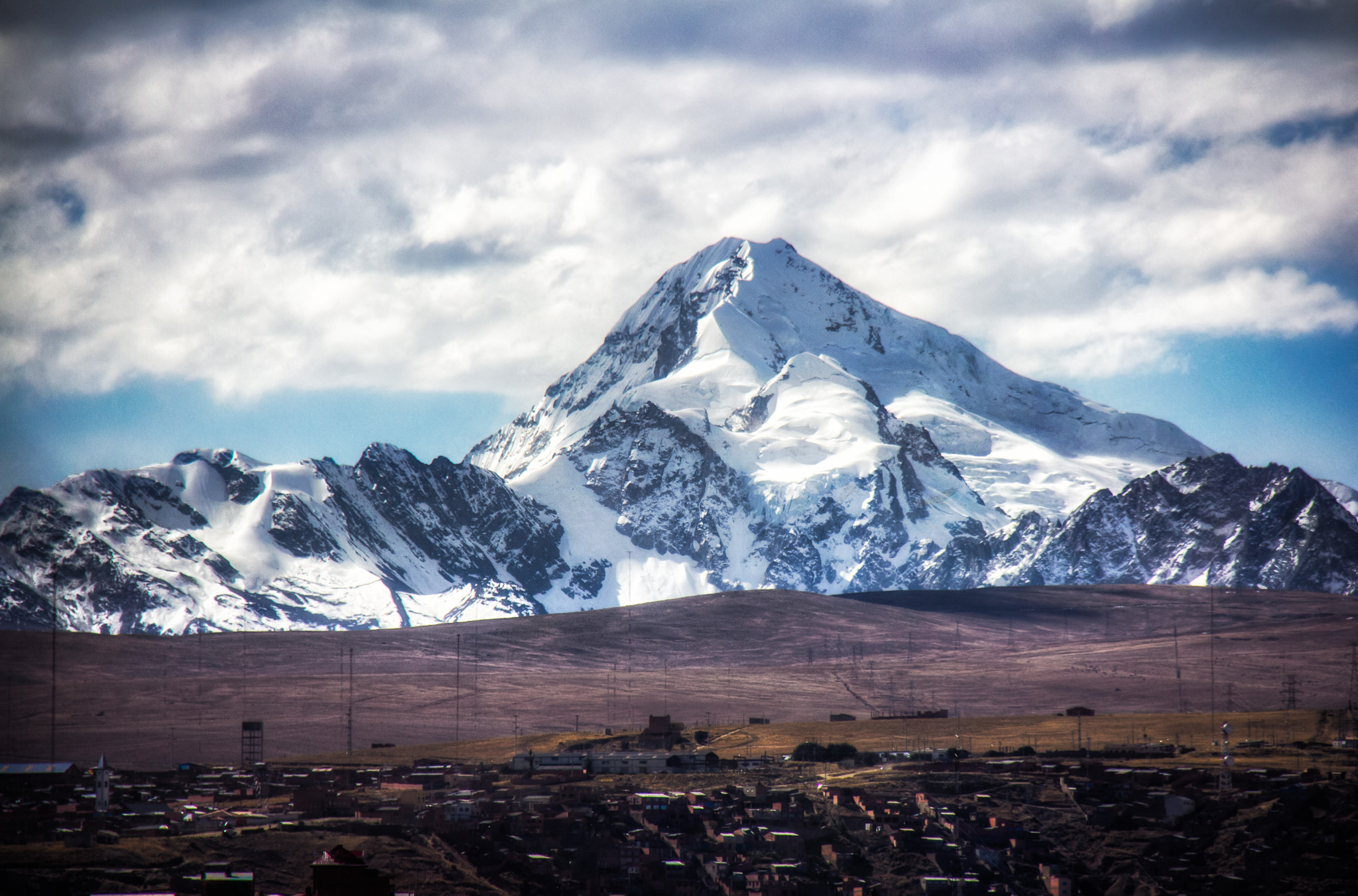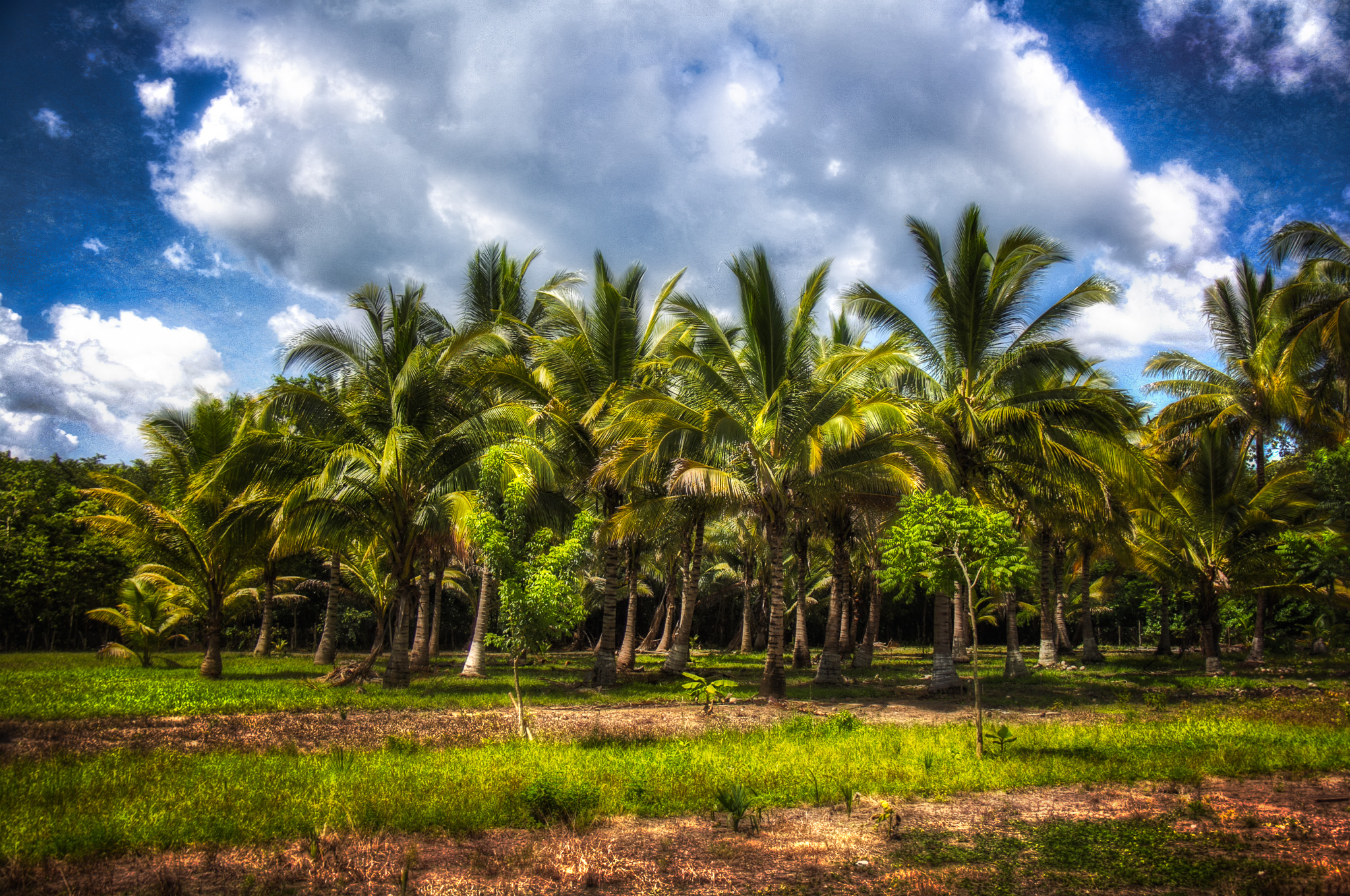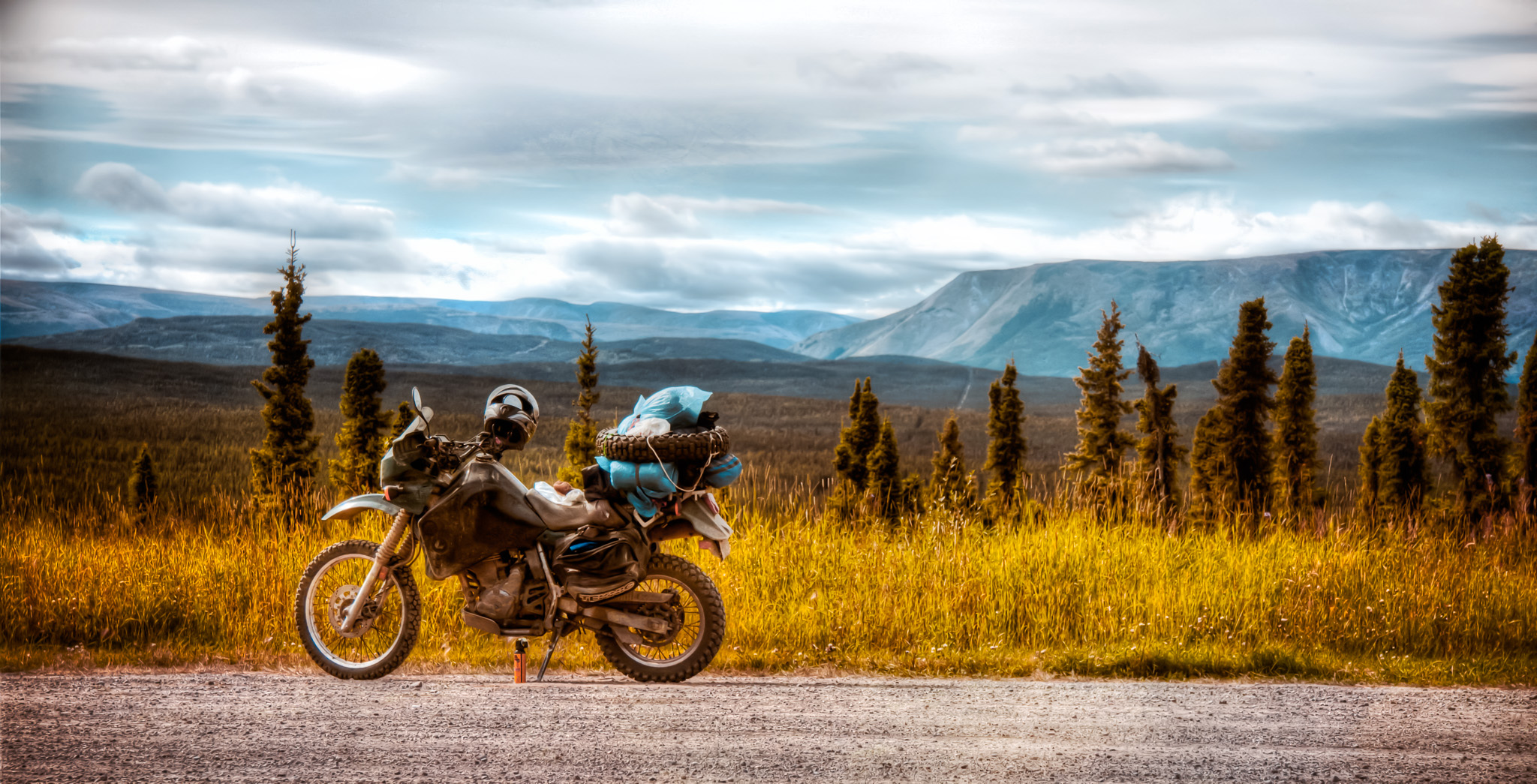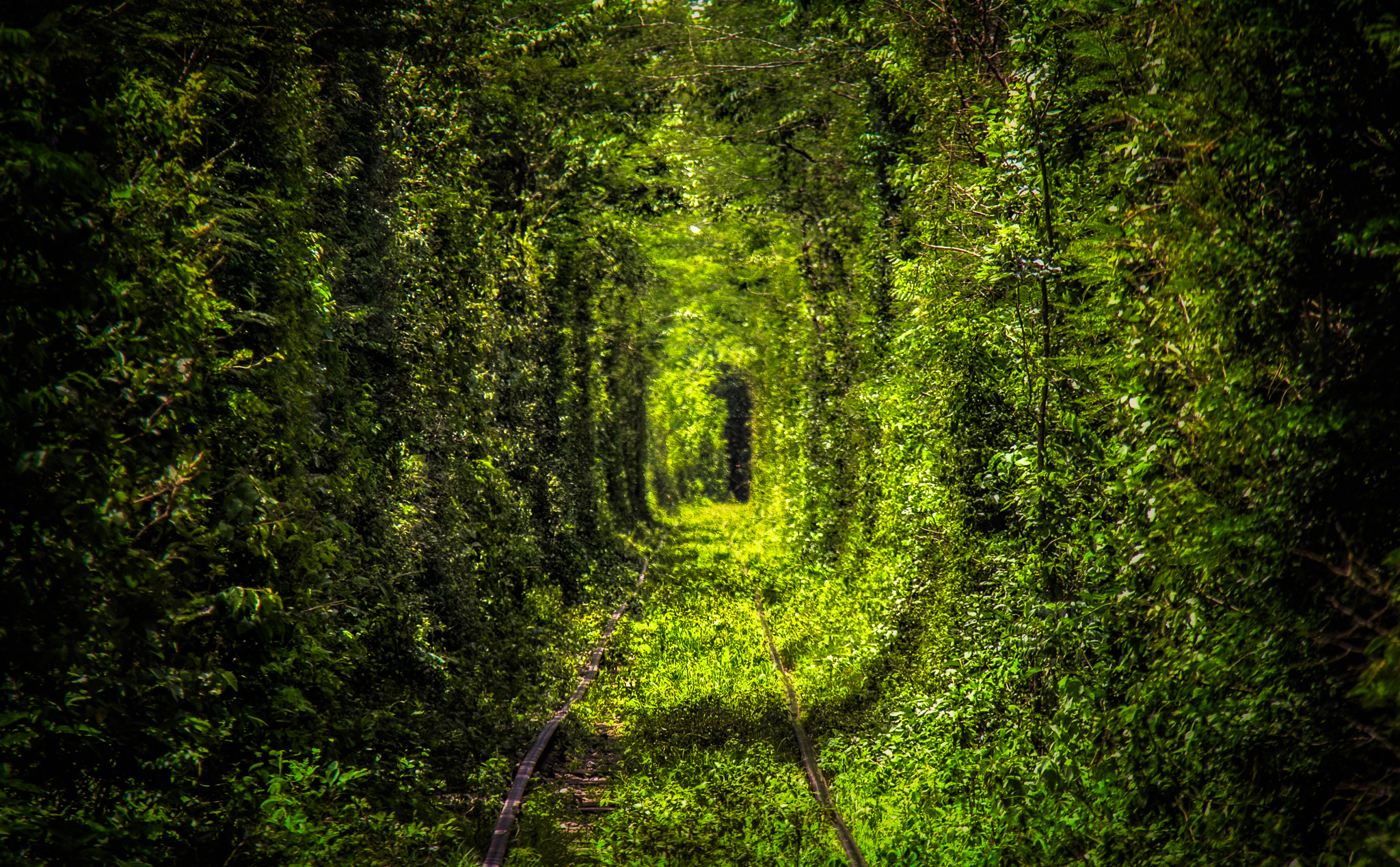First of all, thank you to those who shared my previous posts on Bolivia as it did bring some new visitors to the site. I’m always happy to share photos with more people 🙂 For now I’ll take a little pause from Bolivia (I will get back to it with more). This one is from northern Chile. An alternative title to this could be “the dumb luck”. I arrived late to Antofagasta without a particular plan. The city wasn’t of particular interest to me and I wasn’t in the most energetic state to look for a bed in the middle of the night. Instead I went to the bus terminal to see what’s out there at night that goes along the coast. The bus to Arica presented itself with perfect timing.

Shortly upon arrival I overheard that there is a surfing championship taking place. I’ve rushed towards the southern part of the city to la península del Alacrán (or isla del Alacrán) where the better surfers ride the waves. I’ve only managed to catch the preliminaries of the event, which were still massively entertaining. Even more so given that none of this was planned and I stumbled upon all the fun thanks to some dumb luck.
My exposure to surfing doesn’t go beyond the occasional trips to gorgeous Tofino in British Columbia. Generally speaking, I don’t have a lot of experience with board sports beyond snowboarding. Looking at surfing with that reference point makes it an interestingly unique sport. What I find special is the dynamism and the fundamental need to respond to your environment. Mountains do vary and the conditions do change from day to day, from hour to hour. While it takes a lot of experience to be able to read the mountain and keep safe, the response to your environment is not as dynamic. Sure every part of the mountain presents a different obstacle and that’s part of the charm but in the moment the mountain is static (unless you get hit by an avalanche or something). This is not to say snowboarding isn’t dynamic (that would be wrong to say), different dynamism would maybe be a fairer description. Both sports present a rousing combination of patience and energy. Trying to read a wave is a challenge for me, it dictates the setting and prompts you to respond that very moment. It may not mean much coming from me, given how bad of a surfer I am. And surely reading waves becomes second nature to those who practice but I imagine the thrill of responding to them would still remain for many.
 Watching the pros in real life has turned out to be a special experience. It’s an addicting environment and even in these cold rocky waters it’s easy to see how one can get sucked into this lifestyle. Waves in this particular spot break onto rocks which keeps beginners out of the waters. I thought they were large enough to keep a saneperson out. A week later towards the middle of the country I’ve met a guy from Arica. I showed him these photos and he partially unimpressed by the size of the waves replied that these aren’t all that special; that at times things get even more violent. He mentioned an incident a few years back when a brazilian surfer got sucked onto these rocks and seriously injured his head.
Watching the pros in real life has turned out to be a special experience. It’s an addicting environment and even in these cold rocky waters it’s easy to see how one can get sucked into this lifestyle. Waves in this particular spot break onto rocks which keeps beginners out of the waters. I thought they were large enough to keep a saneperson out. A week later towards the middle of the country I’ve met a guy from Arica. I showed him these photos and he partially unimpressed by the size of the waves replied that these aren’t all that special; that at times things get even more violent. He mentioned an incident a few years back when a brazilian surfer got sucked onto these rocks and seriously injured his head.
P.S. To end on a positive, I’ve come across this visually stunning surfing video that might be fitting with the post.

